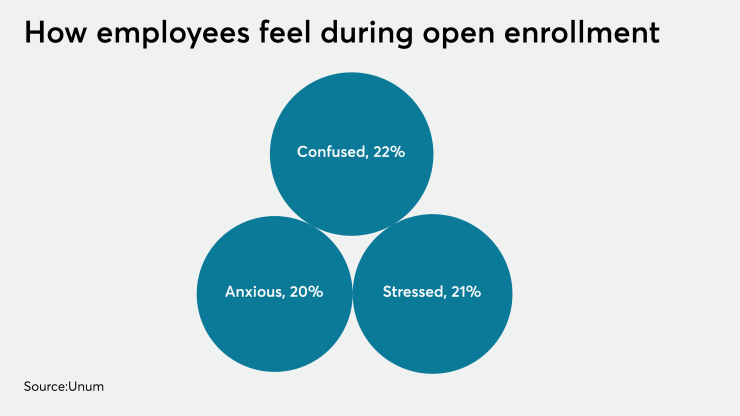Now is the time to choose the best health plan for you and your family. During open enrollment season, employers and the Health Insurance Marketplace (or Exchange) let you choose a plan or change from the plan you have. Making the right choice can impact your health and your wallet.
Even if your current coverage seems satisfactory, your employer or the Exchange may offer new options that better suit your needs. It is important to compare costs and to understand differences in benefits, networks and other rules. In some states, plans available outside the official Marketplace offer attractive, low premiums but may have dollar limits on benefits, or may not provide coverage for childbirth, mental health and other services mandatory for plans that qualify under the Affordable Care Act (the “ACA” or “Obamacare”). Review and compare such plans’ terms carefully.
The time for your decision is limited. Employers generally provide a month or more to make your selection. Open enrollment for the
Costs
The first cost to consider is the premium — the payment, usually monthly, to maintain coverage. If you get your plan through your job, your employer may pay all or part of the premium. If you choose a Marketplace plan, you may qualify for a
Other insurance costs are known as cost sharing, because you share the cost of care with your plan. They may take the form of a copay (a fixed dollar amount for each service), coinsurance (a set percentage of the cost of a service) or a deductible (the amount you must pay before your plan starts paying for services). If you select a Marketplace plan, you may qualify for
In principle, it would be nice if all the costs were as low as possible. But usually, low cost sharing comes with a high premium. High-deductible health plans may offer lower premiums but you will pay more out-of-pocket before your insurance pays anything.
In shopping for a health plan, consider how high a premium you are willing to pay for the level of cost sharing you would like. For example, if you or a family member have a chronic illness, you may need regular treatment and may be at risk for hospitalization. In that case, you may be willing to pay a higher premium for low cost sharing. But if you are a healthy, young, single adult who rarely sees a doctor, you might accept a high deductible in exchange for a low premium.
Bear in mind that if you have a high-deductible health plan, you might be eligible to set up a health savings account (HSA). An HSA provides tax savings that stretch the dollars you contribute to the account to help pay for qualified medical expenses.
Choice of Doctors
If you like your current doctors and want to keep seeing them, make sure they and their facilities belong to the network of providers who have contracted with the plan you are considering. Check the plan’s online provider directory to make sure those doctors and their facilities are listed in its network. Even if you do not have a regular doctor, make sure the network includes providers close to where you live and work.
If you want to choose freely among many providers, a plan with a broad network might be for you. That may be more expensive than a plan with a
Out-of-Network Coverage
As good as a plan’s network might be, you may still wish to consult providers outside the network from time to time. If so, consider a Preferred Provider Organization (PPO) or Point of Service (POS) plan; each provides out-of-network benefits. With such plans, you will still spend more for out-of-network than in-network care, but at least you will have some coverage. Two other types of plans, Health Maintenance Organization (HMO) and Exclusive Provider Organization (EPO), typically will not pay for out-of-network care except for emergencies.
Who’s in Charge of Your Care?
In HMO and POS plans, you choose a primary care physician (PCP) who acts as a form of “gatekeeper” for your care. Unless it is an emergency, when you need medical treatment, you go to the PCP first. The PCP either treats you personally or refers you to specialists in your network. If you like having a PCP’s guidance, this arrangement might work for you. But if you prefer choosing specialists directly, you might opt for a PPO or EPO.
ACA-Compliant versus Association and Short-Term Plans
Whatever plan you choose, it is important to consider whether it covers all the types of healthcare you might need and whether it limits the dollar amount of your coverage. Plans that comply with the ACA are comprehensive because they have to cover
AHPs and STLD plans differ from ACA-compliant plans in other ways. For example, STLD plans can impose annual or lifetime dollar limits on coverage. If your care costs more than those limits, you have to pay the excess amount.






